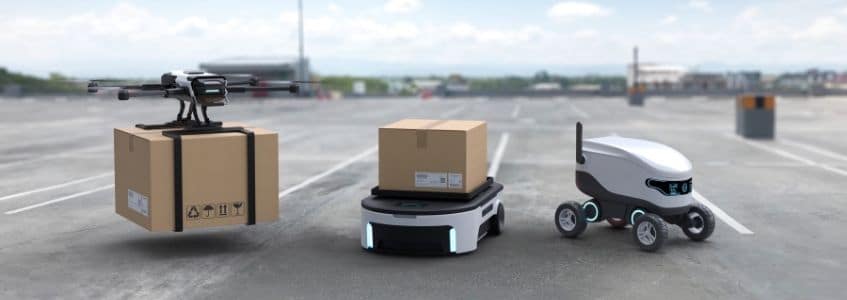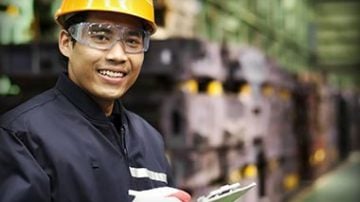Technology always changes, leaving a new and improved system in its place. While most people imagine technology in STEM-driven epicenters, like software applications or electronics, other, more rugged industries follow. In fact, it’s more common to see technology in areas like construction, mining, logging, energy, transportation, and oil and gas. Each of these industries is using technology to promote workplace safety practices to keep their employees’ health and wellness in mind.
Smartphone and Tablet Applications
The widespread use of smartphones and tablets in society has only furthered safety protocols onsite in industry and business today. They’re fast, easy to use, and convenient. Smartphones and tablets are pocket-sized technologies designed for mobile usage, perfect for any jobsite. It’s no surprise then that supplication software proves to be one of the easiest technologies to assess, monitor, and improve workplace conditions. Workers assess potential hazards, which they can report via an application for others to monitor. They also help keep businesses in line with OSHA or other safety regulations.
Real-Time Data Tracking
Real-time data tracking has never been easier. The newest and smartest technologies ensure fast, reliable broadband networking for high-speed communication on and off the jobsite. Real-time data tracking is great for industries where employees face remote or dangerous tasks, like mining, logging, or oil and gas. Supervisors see regular updates on the status of their employees, where everyone’s located, and onsite conditions. If any issues do arise, employees and supervisors can communicate in real-time to keep each other aware.
Drones and Robots
The wide use of drones and robots in the workplace is another example of using technology to promote workplace safety practices. Sometimes, materials end up in hard-to-reach areas which can prove hazardous to workers. Rather than use human employees to scope out these areas and risk injury, drones and robots do the work instead. These devices minimize injury or material exposure for humans. They can also deliver materials instead of using human interference.
Wearable Technologies
While these might seem out of the ordinary for a construction or industrial worksite, wearable technologies have also gained notable reputation for improving workplace safety. With four main types to choose from—physiological monitoring, environmental monitoring, proximity detection, and exoskeletons and exosuits—workers have new assistance devices to do their work with minimal injury risk. These wearables have the ability to monitor temperatures, weather, Bluetooth communication, stress, load condition, and more. Each of these benefits ensures greater safety compliance at the workplace for micro and macro details.
With all these technologies at your disposal, it’s important to understand proper technology implementation for industrial jobsites. Avetta® safety compliance ensures prequalification and regulatory compliance per client request to help you manage different technological systems. Call today or fill out an online form to get started.





